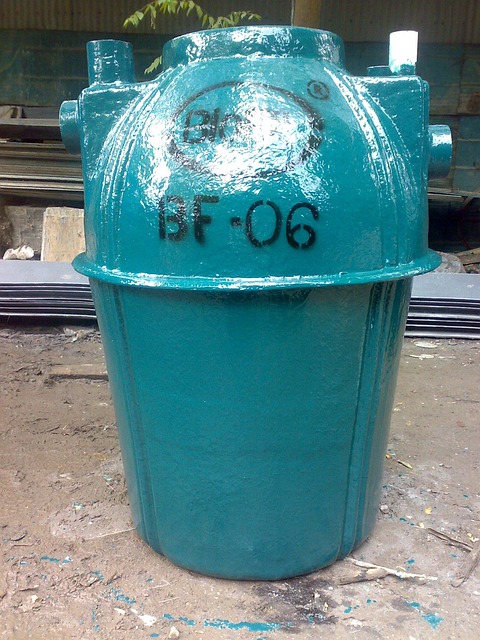Drain fields are vital for septic systems' natural filtration process. Regular monitoring is key to prevent issues like clogs, plant growth, and foul odors. Prompt attention to soil compaction, tree roots, or damage is crucial for system efficiency. Annual inspections by professionals, using biodegradable products, and leak checks reduce strain on the tank and drain field, preventing costly problems.
“Concerned about your septic system’s health? This guide is your go-to resource for navigating potential drain field problems. Understanding the crucial role of drain fields in waste management is the first step towards effective maintenance. Learn to recognize common signs of issues like clogged pipes, odour problems, and poolings around the field.
Additionally, discover preventative measures to ensure optimal performance, including regular inspections, proper disposal practices, and timely pumping. Take charge of your septic system’s longevity with these essential tips tailored for proactive maintenance.”
- Understanding Drain Fields and Their Function
- Common Signs of Septic System Issues
- Preventative Maintenance Tips for Optimal Performance
Understanding Drain Fields and Their Function

Drain fields, also known as leach fields, are a vital component of septic systems. They play a crucial role in the treatment process by facilitating the final stage of waste disposal. Here’s how they work: when treated wastewater leaves the septic tank, it flows into the drain field where porous soil and underground pipes allow water to slowly percolate through, filtering out impurities and harmful bacteria. This natural process ensures that the water is safely returned to the environment, preventing pollution of groundwater and nearby bodies of water.
Regularly monitoring your drain field for any issues is an essential part of septic system maintenance. Signs of trouble can include clogs, unusual plant growth, pooling water on the surface, or foul odors. Addressing these problems early can prevent more severe complications down the line. Septic system owners should also be aware of potential drainage issues caused by factors like compacted soil, tree roots infiltrating pipes, or damage to the drain field itself—all of which require prompt attention to maintain the efficiency and longevity of their septic systems.
Common Signs of Septic System Issues

Many homeowners often overlook the importance of regular septic system maintenance, which can lead to severe issues down the line. Identifying potential problems early on is key to preventing costly repairs and ensuring your septic system operates efficiently. Here are some common signs that indicate a need for further inspection and potential repair:
1. Slow Draining: If you notice that sinks, showers, or toilets are draining slowly, it could be a red flag. This might suggest a buildup of solids in the septic tank, which can disrupt the natural balance of bacteria needed for proper waste decomposition. Regular pumping and maintenance can prevent this from becoming a more significant problem.
2. Foul Odors: Unpleasant smells, especially those resembling sewage, coming from your property are never normal. These odors often indicate a problem with the septic system, such as a failed drain field or an overflow in the tank. Prompt action is required when foul scents persist, as it could lead to more severe contamination if left unattended.
Preventative Maintenance Tips for Optimal Performance

Regular septic system maintenance is key to preventing costly and inconvenient drain field problems. Schedule annual inspections with a professional to assess the overall health of your system, including checking for any signs of damage or wear in the pipes, tank, and drain field. During these visits, experts can also perform essential tasks like pumping the tank to remove built-up sludge and inspecting for leaks.
Beyond annual inspections, there are several preventative maintenance tips you can implement. Use only biodegradable products in your home to avoid clogging the system. Avoid flushing non-biodegradable items like wipes, sanitary products, or grease down the drains. Regularly check for leaks around fixtures and appliances connected to your septic system, as these can lead to water excess, straining the tank and drain field.
Regularly monitoring your septic system’s health is key to avoiding costly repairs. By being vigilant for common signs of issues, such as slow drains or unusual odours, you can catch problems early. Implement preventative maintenance practices, including regular pumping and inspections, to ensure optimal performance. Proactive care not only saves money but also protects the environment by minimizing the risk of contamination. With proper attention, your septic system will continue to serve your property efficiently for years to come, fostering a healthy balance between your home and the surrounding ecosystem.
